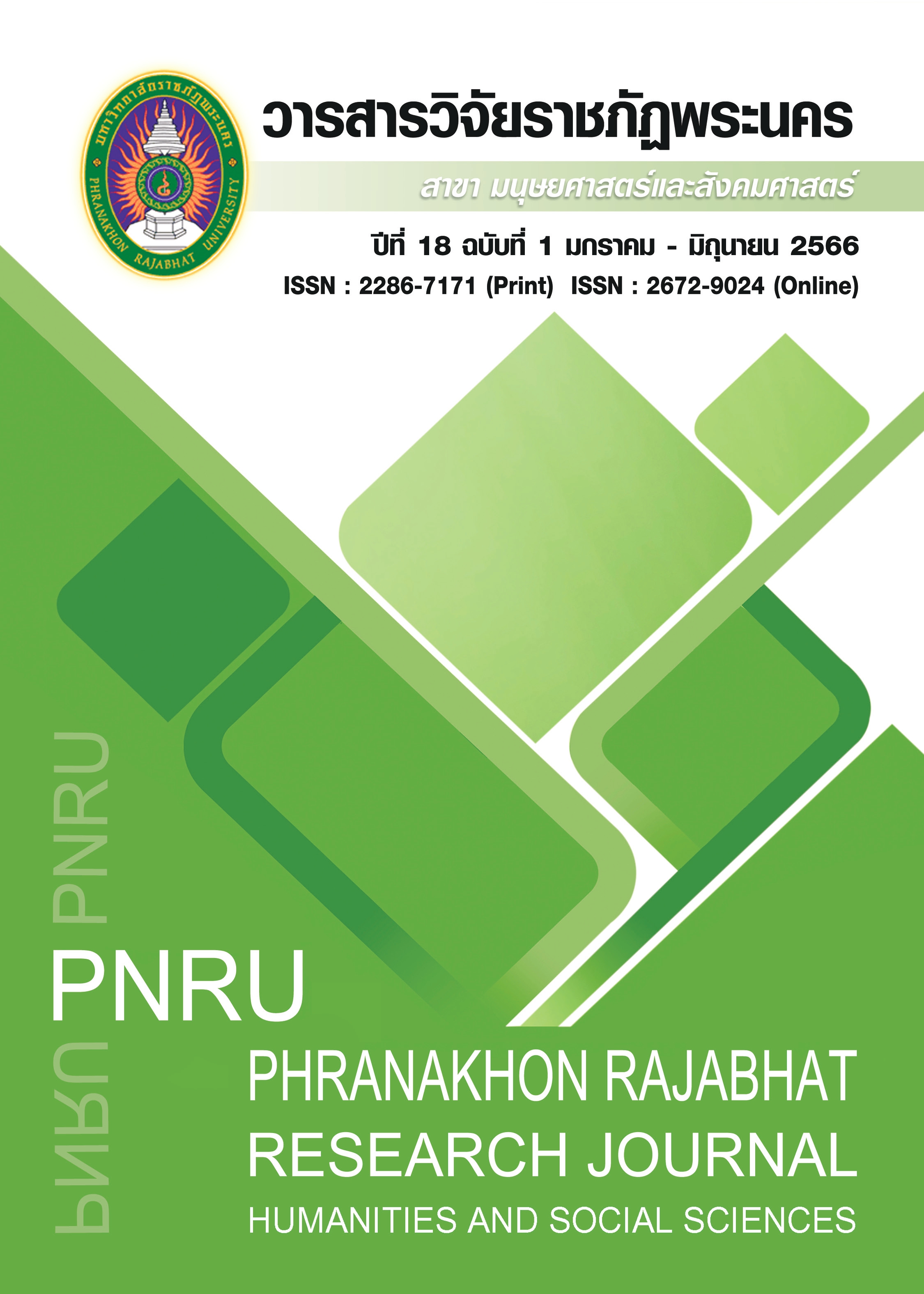OPERATIONAL EFFICIENCY OF LOW-COST AIRLINES BY DATA ENVELOPMENT ANALYSIS
Main Article Content
Abstract
This independent study is aimed at 1) identifying the factors related to the revenues of low-cost Airlines and 2) measuring the operational efficiency of low-cost Airlines in Thailand. By collecting data from the annual reports from 2016–2019. Study the factors related to revenues with the Eviews 12 program and operational efficiency measured by using the Data Envelopment Analysis.
The results of this study showed that: 1) the factors related to the revenues of low-cost airlines are as follows: 1.1) Aircraft maintenance 1.2) Fuel cost; 1.3) Staff cost; and 1.4) Freight service. 2) the operational efficiency of low-cost airlines in Thailand is in terms of 2.1) Technical Efficiency 2.2) Operational Efficiency in 2016–2019 found that Thai AirAsia was efficient in terms of aircraft maintenance, fuel costs, staff costs, and freight service. And 2.3) scale efficiency of low cost in Thailand is also efficient on scale efficiency with a constant return to scale.
Article Details

This work is licensed under a Creative Commons Attribution-NonCommercial-NoDerivatives 4.0 International License.
Each publish articles were copyright by Phranakorn Rajabhat University
Any contents which appeared in each articles in the journal were authors personal opinion. It did not relate to Phranakorn Rajabhat University and other instructors in the university. Each authors would take responsibility on their articles. If there are any mistake, the authors will take responsibility themselves
References
Ahmad, R. & Neal, M. (2006). AirAsia: The Sky’s the Limit. Asian Journal of Management Cases, 3(1), 3-25.
Chantarapanich, R. (2021). Impact and Adaptation of Airline Business in the COVID-19 Outbreak Situation. Academic Journal of Buriram Rajabhat University, 13(1), 1-20. (In Thai).
The Civil Aviation Authority of Thailand [CAAT]. (2020). What is the difference between full service and low cost?. Retrieved from ttps://www.caat.or.th/th/archives/47932 [2022, Apr. 18]
David, P. (2008). Some Insights into Competition between Low-Cost Airlines. Article in Research in Transportation Economics, Loughborough University.
Farrell, M. J. (1957). The measurement of productive efficiency. Journal of the Royal Statistical Society, 120(3), 253-290.
Pattarapongpaisarn, M. (2012). Relative efficiency assessment of health-promoting. Tambon hospitals in Amphur Muang, Phitsanulok using Data Envelopment Analysis. (Master’s thesis) Phitsanulok: Naresuan University. (In Thai)
Sathapongpakdee, P. (2021). Industry Outlook 2021-2023: Air Transport. Retrieved from https://www.krungsri.com/getmedia/c8ca3a9b-43ee-4d82-872d-712ba3ba57cf/IO_Air_Transport [2021, Mar. 17] (In Thai)
Suebpongsakorn, A. (2012). Data Envelopment Analysis (DEA) methodologies and technical benchmarks. CMU JOURNAL OF ECONOMICS, 16(1), 44-82. (In Thai)
Tangjui, T., Sampaothong, P. & Limaroon N. (2022). The Analysis of COVID-19 impact and the changes in revenue structure of full service carriers: Percentage change analysis of airlines’ sources of revenue. Suan Dusit Graduate School Academic Journal, 18(1), 211-230. (In Thai)
Minkova V. (2009). Low Cost Carriers- Business Model, Impacts of its Expansion and Challenges. (Bachelor thesis) Villingen-Schwenningen: Furtwangen University.
Wattanasaeng, N., Chanthakhot W., Wisesla K. & Ransikarbum K. (2018). Data Envelopment Analysis (DEA) Method and its Applications in Thailand: Future Research Directions. In Publication Department of UBU Engineering Journal. Industrial Engineering Network Conference 2018 Faculty of Engineering, Ubon Ratchathani University (293-299). Ubon Ratchathani: Ubon Ratchathani university. (In Thai)
Wonglamai, K. (2013). Factors Affecting Performance Efficiency of Credit Card Machine Service Employees (Bank of Ayudhya Public Company Limited). (Master’s thesis). Bangkok: Siam University. (In Thai)
Yoddamnern-Attig, B. (2010). Ethical issues in social science research involving human subjects: Book review. Kasetsart Journal of Social Sciences, 31(2), 290-301. (In Thai).


